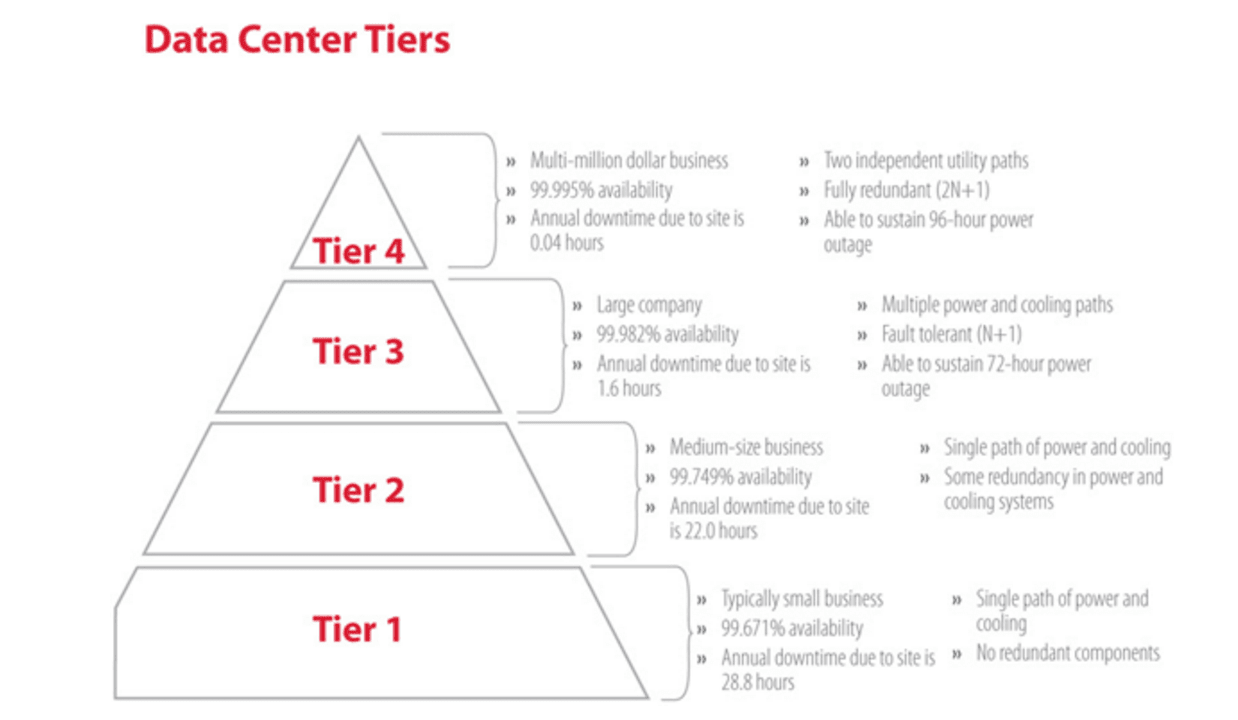Examining the Interplay Between Company Redundancy and Business Adaptability for Future Growth
In the vibrant landscape of today's business globe, the detailed relationship in between company redundancy and business versatility arises as a crucial variable for continual development and success. Business usually encounter the obstacle of striking a delicate balance in between maintaining a level of redundancy to reduce dangers and promoting adaptability to respond swiftly to the ever-evolving market needs.
Relevance of Firm Redundancy
Firm redundancy is an essential element that enhances organizational strength and reduces operational risks. By including redundancy measures within the organizational framework, companies can better hold up against unexpected disruptions and fluctuations in the organization setting. Redundancy functions as a tactical buffer, permitting companies to adjust and respond properly to unexpected challenges without endangering important operations.
One secret facet of the significance of business redundancy is its role in making sure continuity throughout times of dilemma. When confronted with sudden adjustments or emergency situations, repetitive systems, sources, or employees can action in to maintain critical features and avoid prevalent interruptions. This connection not just safeguards the business's credibility and customer trust but also lessens financial losses and operational downtime.

Strategies for Business Versatility

An additional vital approach is buying technology and framework that can support adaptability and scalability. Executing digital tools, automation, and data analytics can simplify operations, boost efficiency, and provide important understandings for informed decision-making. In addition, developing versatile business frameworks that permit fast modifications to market characteristics and customer requirements is important for remaining competitive in a swiftly developing environment. By proactively identifying prospective interruptions and opportunities, companies can proactively grow and adjust in an ever-changing service landscape.
Balancing Redundancy and Adaptability
Attaining an unified balance in between functional redundancy and organizational flexibility is vital in navigating the complexities of a vibrant service atmosphere. Redundancy within a company provides a safeguard, guaranteeing continuity and stability in operations. Nonetheless, an extra of redundancy can bring about ineffectiveness and prevent versatility to transforming market problems. On the other hand, business versatility enables firms to respond quickly to outside disturbances and take new opportunities. Striking the right balance between redundancy and versatility is a fragile process that calls for a deep understanding of the organization's objectives, industry characteristics, and risk tolerance.
To achieve this balance, companies need to conduct regular assessments of their procedures to determine areas where redundancy is needed for danger reduction and where adaptability can drive innovation and development. Applying adaptable structures, cultivating a society of continual knowing and improvement, and urging open interaction throughout all levels of the organization are crucial strategies to integrate redundancy and versatility successfully. By aligning these two important components, business can place themselves for lasting development and success in an ever-changing business landscape.
Study on Adaptation Success
In taking a look at instances of successful organizational adaptation, it comes to be apparent that the interaction in between operational redundancy and adaptability is a specifying aspect in forming resistant companies. One compelling instance study is that of Netflix. Initially a DVD rental service, Netflix showed exceptional flexibility by transitioning into a streaming system when digitalization interfered with the market. By strategically investing in technology and material development, Netflix not just grew yet survived in a quickly developing market. An additional standout instance is Amazon. Beginning as an on-line book shop, Amazon constantly adjusted its business version, broadening into diverse industries such as cloud computer and expert system. This versatility allowed Amazon to remain in advance of rivals and satisfy transforming customer demands. Finally, Adobe supplies a notable illustration of effective adjustment. The business shifted from marketing software program licenses to a subscription-based model, ensuring persisting income streams and boosted customer interaction. These case studies highlight the relevance click for source of functional redundancy coupled with business adaptability in promoting long-term development and competitiveness.
Structure Strength for Future Growth
Building durability for future growth requires a strategic placement of functional processes with market characteristics and emerging fads. Companies need to adapt to transforming settings by fostering a society of adaptability, advancement, and constant renovation. Strength includes not just recuperating from troubles yet also proactively planning for future difficulties. One vital facet of structure strength is spending in robust threat management strategies to reduce prospective interruptions. This includes situation preparation, diversifying supply chains, and developing contingency prepare for various contingencies (who pays redundancy money).
Additionally, cultivating strong connections with stakeholders, such as clients, employees, suppliers, and the community, is vital for weathering uncertainties and keeping count on and assistance during unstable times. Effective interaction and transparency play a vital function in building resilience, as they help promote and straighten expectations collaboration in navigating unpredictabilities.
Furthermore, organizations need to prioritize learning and development campaigns to upskill employees and outfit them with the necessary tools to adjust to altering conditions. By buying their labor force, companies can improve their flexibility and agility, eventually strengthening their resilience for lasting future development.
Final Thought

In the vibrant landscape of today's business globe, the complex connection in between company redundancy and organizational flexibility arises go to website as a critical variable for continual growth and success. Firms commonly deal with the difficulty of striking a fragile balance between keeping a level of redundancy to reduce risks and fostering flexibility to react quickly to the ever-evolving market demands.To attain this balance, firms require to carry out regular evaluations of their operations to determine locations where redundancy is essential for danger reduction and where visit this web-site flexibility can drive development and growth.In final thought, the interplay in between company redundancy and business versatility is important for future development. Building strength through a mix of redundancy and versatility will certainly make sure that companies are prepared for the obstacles of the future.
Comments on “What Happens to Redundancy If Company Goes Bust? An Overview to Your Rights”